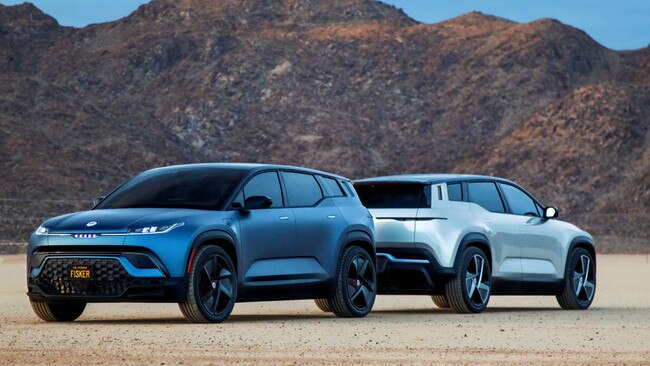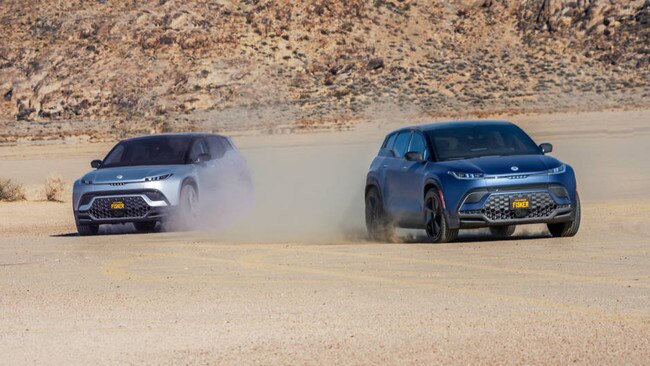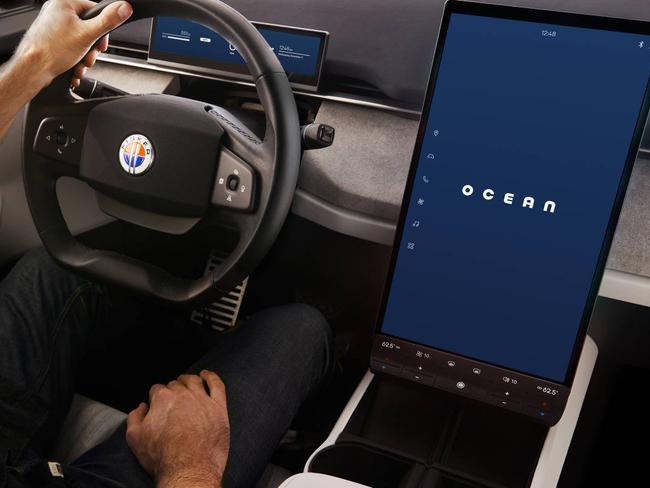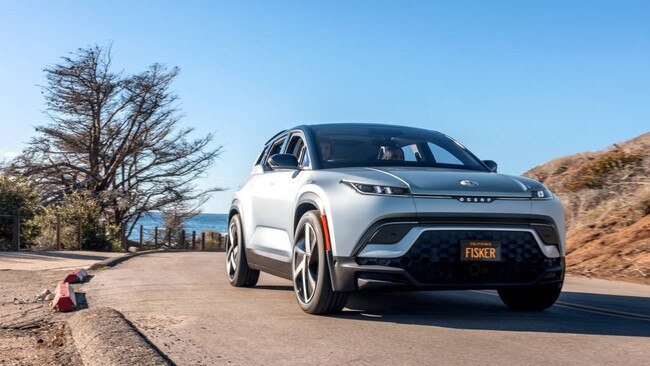Fisker doesn’t make electric cars, it makes “compact mobility devices”
It might not have hit our shores yet, but Fisker could be the next EV start-up to attempt to grab some of the electric excitement away from Tesla.

When it comes to electric vehicles, one name, Tesla, dominates the market, thanks largely to the one man driving its prolific public image; Elon Musk, but when it comes to colourful car makers there is at least one on the horizon that can challenge the behemoth - Fisker.
The Californian-based EV start-up is the product of Henrik Fisker, who once designed BMWs and some of the most gorgeous Aston Martins ever created.
Early attempts at his own car company ended with a lot of money down a lot of drains, but version 3.0 – known as Fisker Inc - looks here to stay. A reverse merger late in 2020 resulted in a listing on the New York Stock Exchange and an all-important cash injection.
The brand’s first car, the Ocean EV, will be built in Austria, while its second car, the PEAR (or Personal Electric Automotive Revolution), is to be manufactured by Foxconn, best known for producing the iPhone for Apple, perhaps one of the brands in the world even more recognisable than Tesla.
The fledgling company is holding 30,000 reservations for the Ocean electric SUV, a car with the Tesla Model Y in its crosshairs.

Granted, a $US250 ($350) reservation is a lot different from having the whole $US37,499 in the bank. But for a brand that is yet to produce its first saleable car – production is due to kick off in November - there’s a healthy dose of Tesla-esque hype.
Like Tesla, the Ocean is purchased online directly from the manufacturer and instead of a key, a smartphone provides access. An enormous, coffee-table-like 17.1-inch central screen outstretches even the one found in Teslas, and acts as the vehicle’s wirelessly updateable nerve centre. The rear-vision mirror is a camera rather than boring old glass.
The Fisker Ocean is available with a SolarSky roof, which is claimed to add up to 10km of range per day by directly charging the batteries while parked or on the move.
And the fun-and-free Californian way of life lives large in the marketing: Big Sur Blue is one of the optional colours, while a “California Mode” winds down all eight windows, including the rear doggie windows and the back screen.
Bi-directional charging allows the car to power a home for up to a week from its battery, which, if you have solar panels, could mean free power as well as a cool car in the driveway.
And forget about leather seats; the Ocean is trimmed in “ethically sourced, upcycled materials” as part of an intense sustainability focus and efforts to reduce the carbon footprint during manufacturing.

Helping the Fisker hype is the recent opening of reservations for the PEAR.
Priced from $US29,900 in its homeland, the urban-focused five-seater is one of the more affordable tech-heavy EVs on sale. That’s about 25 per cent less than the Tesla Model 3, which in Australia sells from $59,900. First customer deliveries are slated for 2024 and, like the Ocean, there’s a focus on sustainability and the sense that Fisker is different to the Toyotas and Volkswagens of the world.
The company struggles to call it a car, instead referring to the PEAR as a “compact mobility device”.
“PEAR will feature the very latest technology in a beautifully designed, affordable urban-mobility device,” says CEO Henrik Fisker. “It’s an exciting vehicle and an exciting time for the company as we expand our lineup.”
As for the chances of seeing Fisker Down Under, the focus is clearly America for now, but the company has previously said it plans to export to countries including Australia.
Given the changing face of the local car market – Polestar, BYD, Ora and Cupra will add to the 60-plus brands already available here – it could add some Yankee-infused flair with the sort of anticipation Tesla created the template for.




To join the conversation, please log in. Don't have an account? Register
Join the conversation, you are commenting as Logout